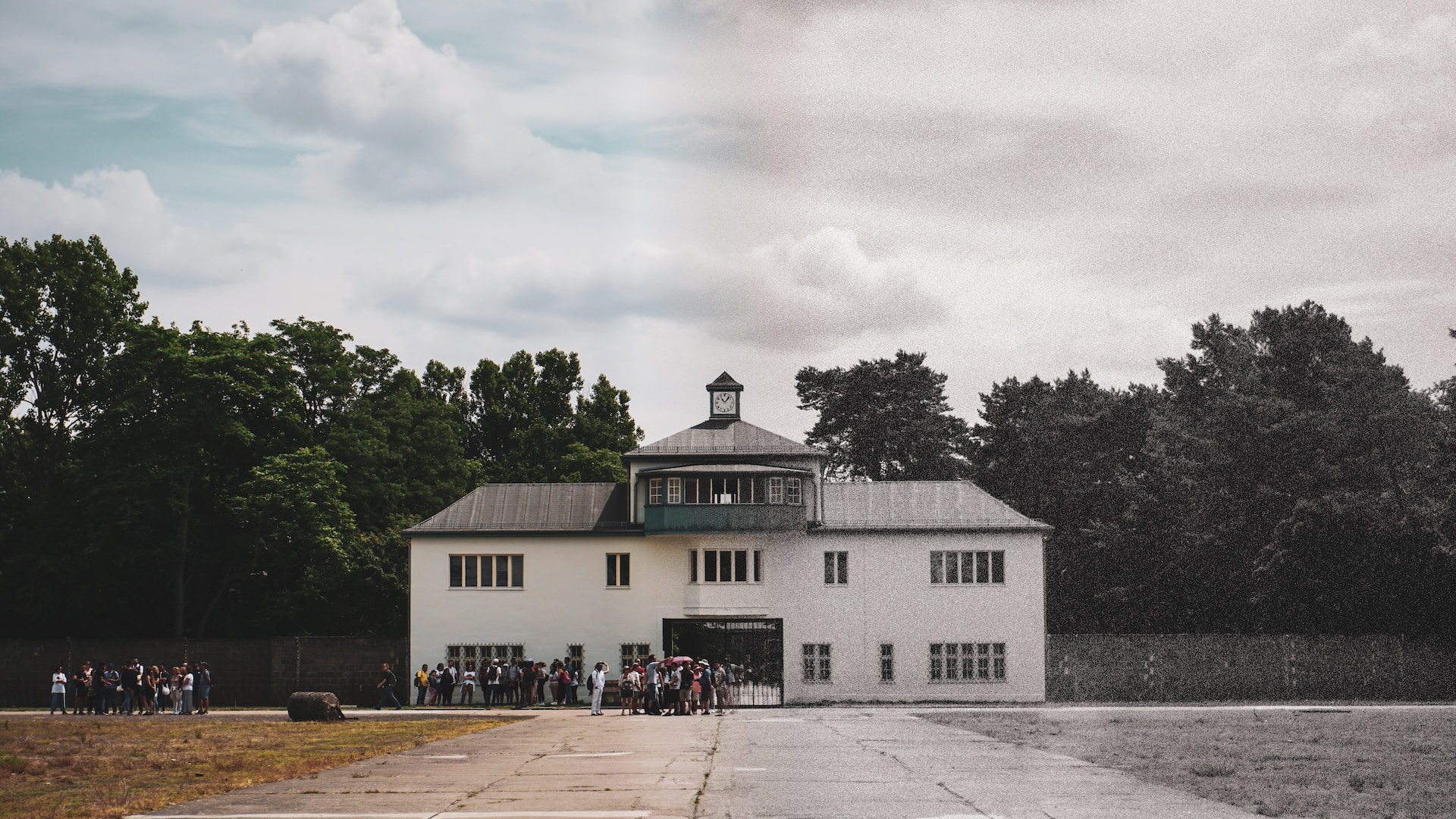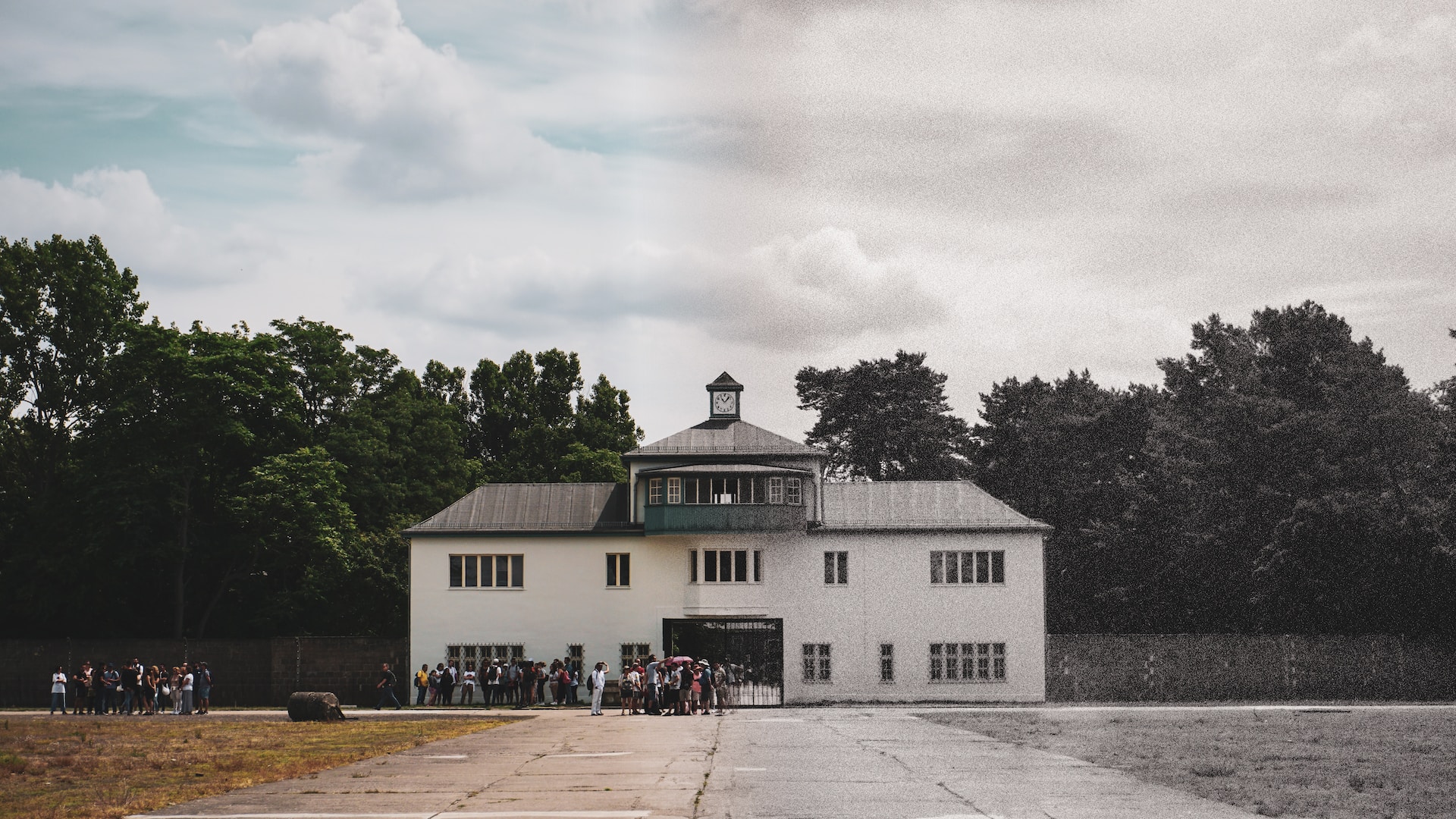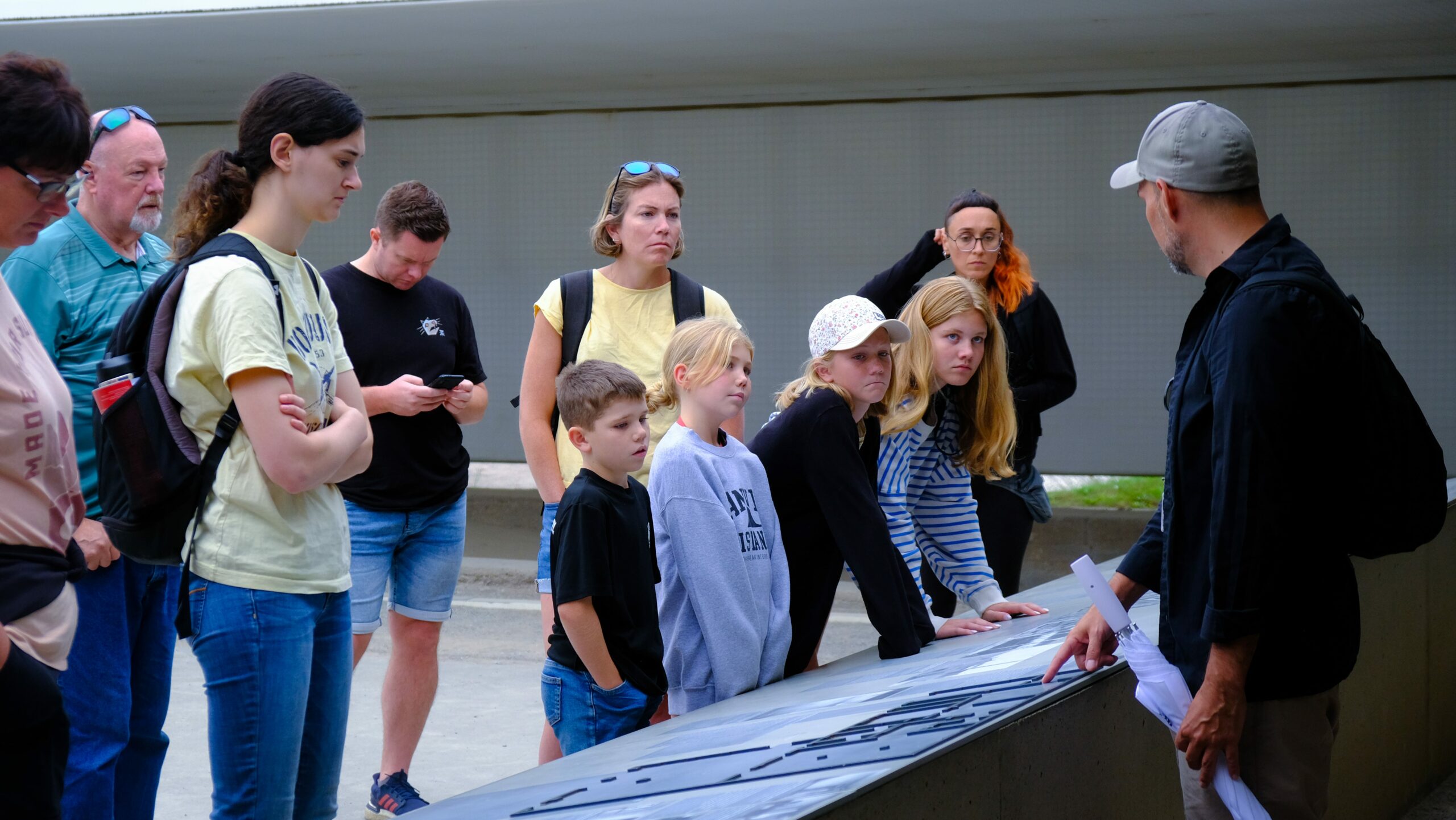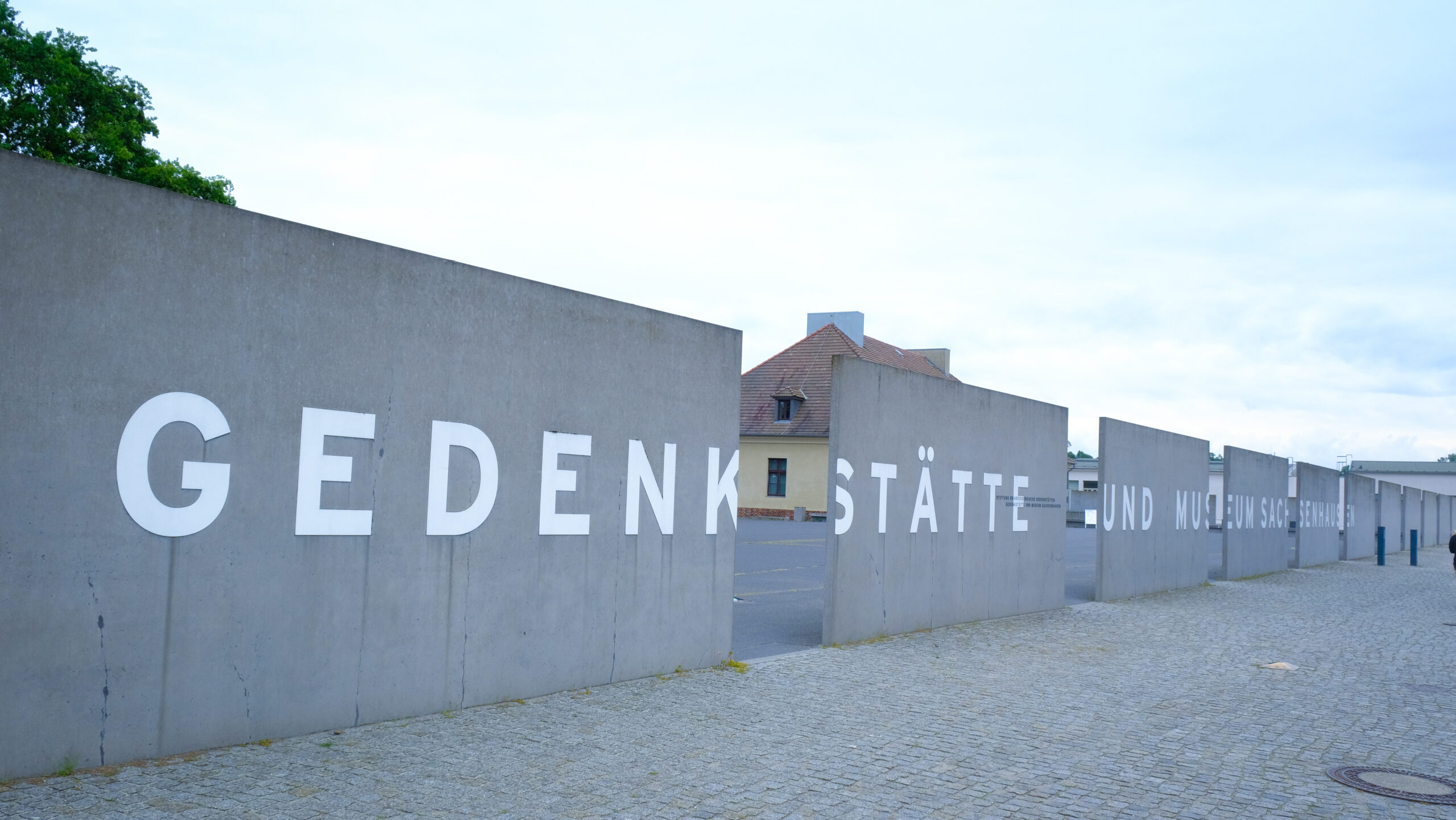Introduction
It is always shocking and very informative that one feels like visiting the concentration camp museums. There is one such museum in Berlin, which gives people an idea of what happened during the holocaust. This guide covers what one can expect to see and be informed in the Berlin Concentration Camp Museum also referred to as Sachsenhausen.
Understanding the History
However, to fully grasp the importance of the Sachsenhausen destination it is essential to give some background information. This particular camp was constructed in 1936 and was very functional during the Second World War. It formed the model on which later concentration camp structures were based; it was one of the earliest constructed for that specific purpose.
Sachsenhausen imprisoned political detainees, homosexuals, Jews and other persons who were considered ‘subhuman’ by the Nazis. The prisoners were subjected toslave drive, poor nutrition, and they were tested on new drugs and then gassed or shot dead. Currently, the museum serves the purpose of commemorating the victims of the Holocaust tragedy.
Exploring the Museum
When you visit the Berlin Concentration Camp Museum, the entrance is marked by the famous door with the inscription Arbeit Macht Frei. One can notice that during the walk through the site there are several structures that were used with different roles in the camp area.
Visitor Center
Its [the camp’s] your starting point, where you can pick up a map and collect brochures detailing the camp’s past, displays, and tours. One should take advantage of the guided tours, as they give out useful information and background.
Exhibition Hall
The Exhibition Hall or rather a walk through hall is an inevitable blend of history and reality that strives at sharing with the visitors the lives of the prisoners, conditions they had to live in, and the cruelties they had to face. Using photographs and other artefacts that were brought by people who survived the holocaust or their parents you will learn more about the holocaust and the number of people who lost their lives.
Original Buildings
Exploring the historic structures within the facility is quite helpful to make you grasp the size and ordeal of the sufferers. the structures that have been preserved include the barracks, infirmary, crematoria and punishment cells. What is inside these buildings displays prisoner’s daily life and the kinds of experiences they encountered.
Tips for Your Visit
- Plan your visit ahead of time: The last special note is that a museum can have a lot of visitors, so it will be wiser to buy tickets and guided tours in advance.
- Allow enough time: The museum is very large, and there are many things to see in the various sections, as well as specific buildings. Your visit should preferably last for some few hours.
- Respect the site: Yii, Sachsenhausen is a place of remembrance. It is important to be particularly polite and conscious of the cemetery – it is still a fairly operational one – during the visit.
- Bring comfortable walking shoes: When visiting the museum, you have to do a fair amount of walking, so choose your shoes wisely.
- Take advantage of guided tours: It is always wise to hire a knowledgeable guide for this is the only way to make the best out of the trip.
Conclusion
The Berlin Concentration Camp Museum is a memorial and commemorative site. It will be helpful for you to get acquainted with this tragic facet of the history of the mankind by visiting this sacred place. Engage as much as you can with the exhibits, listen to some of the stories they have to tell and honour the victims. Sightseeing to the Berlin Concentration Camp Museum will always help you to understand history and strength of human spirit.





